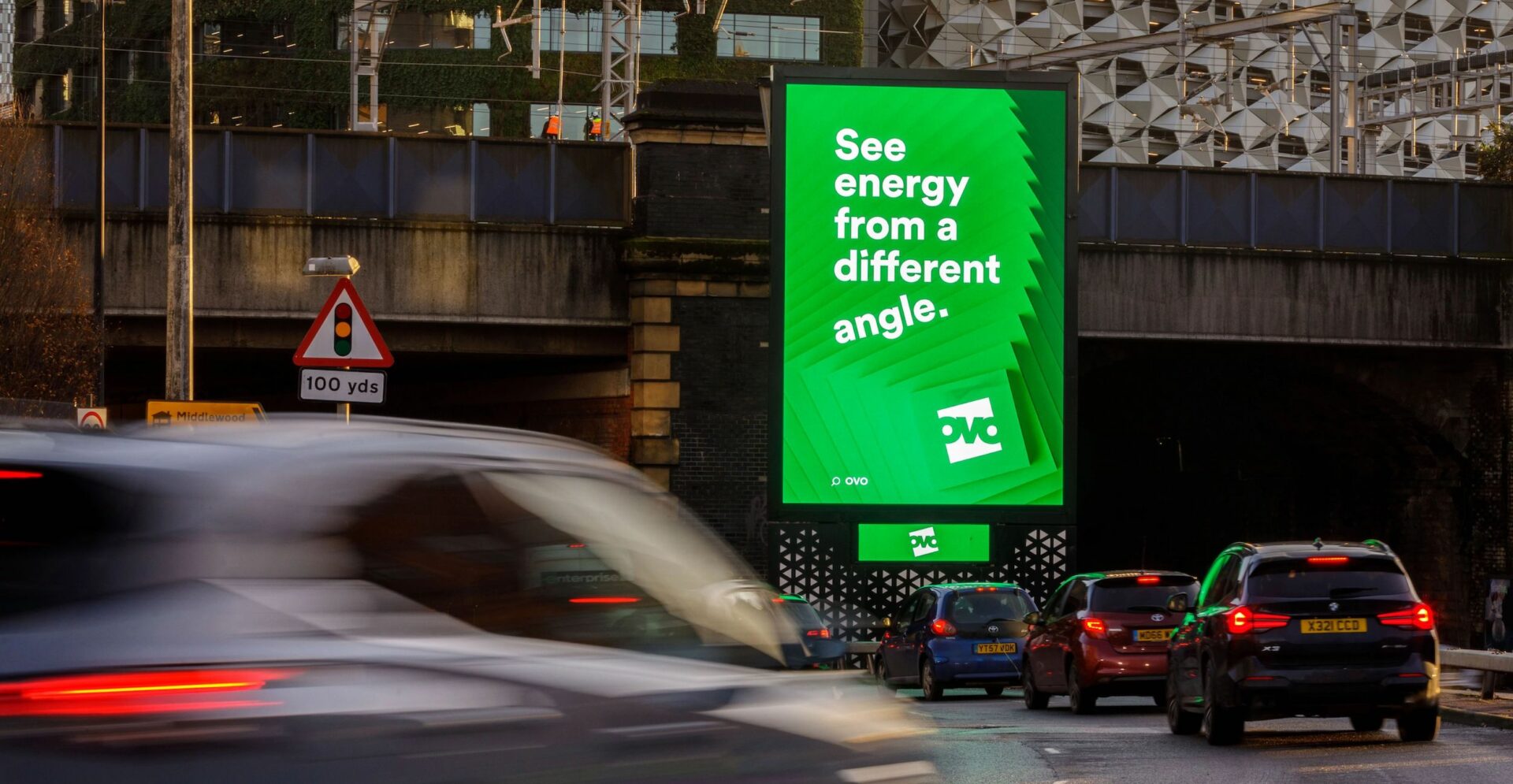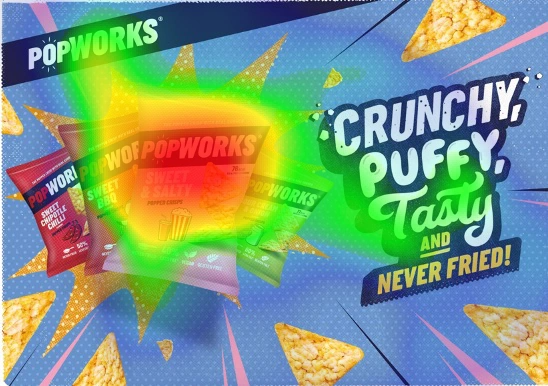(Out of) Home for the Holidays: Gifting Season Insights
This year’s holiday shopping season is expected to meld the high consumer confidence of 2019 with the accelerated e-commerce experiences of 2020 to create a more omnichannel customer journey than ever before. Moreover, U.S. consumers are expected to spend a whopping $1.09 trillion dollars this holiday season, according to eMarketer. With consumers consistently out of their homes at levels that exceed pre-pandemic mobility (Geopath), brands are turning to out-of-home (OOH) to increase awareness, consideration, and drive conversions.
In our latest study, Talon America partnered with LoopMe, the outcomes-based advertising platform, to unwrap U.S. consumers’ new holiday shopping behaviors and uncover insights on how brands can reach, engage, and convert ideal customers.
“Brands are bullish about the 2021 holiday season, and marketers are turning to OOH to place their messages in the right places at the right time to reach and influence holiday shoppers and ultimately drive sales,” said Zach Friedman, Senior Vice President, Client Development, Talon America. “The ad channel can be harnessed in a number of ways, including promoting special sales and events in real-time, as well as reaching shoppers in close proximity to retail locations to boost in-store traffic.”
Among the key findings:
Reach Early Birds and Last-Minute Shoppers
More than a third of U.S. consumers have already begun their holiday shopping, but others are making the wallet-friendly decision to delay gift purchases until Black Friday and Cyber Monday.
- 38% of respondents have already begun their holiday shopping
- 62% of respondents are waiting until Black Friday and Cyber Monday to begin shopping
OOH Generates Strong Brand Recall
The opportunity to get in front of high-intent consumers is key for brands seeking an edge in an extremely competitive landscape. OOH influences holiday shoppers by achieving the strongest level of recall among all ad channels.
- 57% of respondents are likely to remember an outdoor ad or billboard while holiday shopping
OOH Prompts Consumer Action
Taken together, awareness and recall can have a direct impact on consideration and conversion behaviors in the consumer journey. OOH delivers remarkable reach, recall, and brand awareness, and consumers who notice an OOH holiday campaign say they are highly likely to visit the brand – either online or in-store.
- 55% of respondents are likely to visit a brand’s website or find the brand in-store after seeing an outdoor ad
Take the Right Message to the Right Audience
New data-driven behavior and location intelligence in OOH allow brands to connect with target audiences to deliver the right message, at the right time and place. And the messages that are resonating the most this holiday season are information on the best deals, where to shop small and local, and unique ideas for everyone on consumers’ lists.
- 37% of respondents say they notice OOH ads that promote Holiday Sales or Discounts
- 27% notice OOH ads that support Small/Local Businesses
- 24% notice OOH ads that provide Gift Ideas
As brands finalize their strategies to capitalize on the holiday shopping season, it’s become increasingly important to think holistically about the customer journey to be able to connect with, and influence shopper decisions. Our study demonstrates the pivotal role OOH advertising plays in building awareness and recall, as well as sparking consumer action amid a highly competitive marketplace. Developing the right campaign strategy and captivating creative, in addition to harnessing data-driven insights to reach on-the-go shopper audiences, will be essential steps towards brand and business success in this year’s holiday season.
To view additional insights from the survey, download the “(Out of) Home for the Holidays” study.
METHODOLOGY: A five-question online survey was conducted in September 2021 to uncover insights into the mindset of U.S. consumers regarding holiday shopping. The survey resulted in more than 5,000 responses, all of which came from adults 21 years of age or older.




